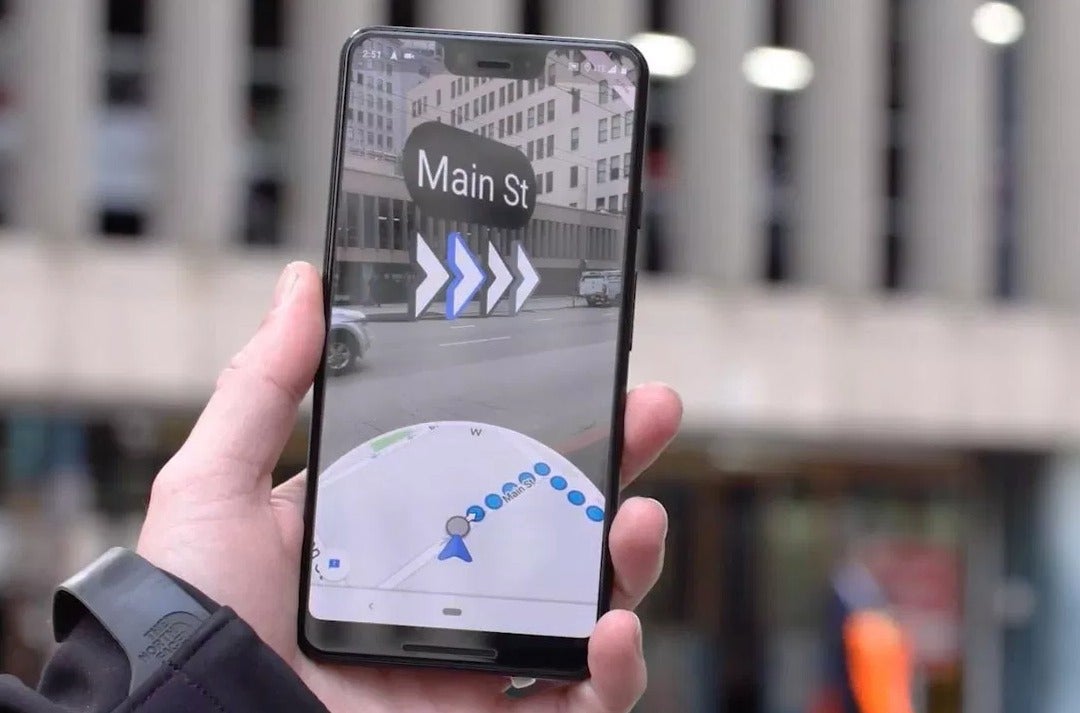Apple reportedly is using both iOS based rOS and macOS based xrOS for its AR/VR headset
Remember the old saying that “you can’t tell the players without a scorecard?” Of course, that saying goes back to the days when fans would buy a scorecard and use “Baseball notation” to write down every play. And if you know what a 1-2-3 or a 5-4-3 double play is, then you understand what we’re saying. Without buying the scorecard and checking the uniform numbers against those printed on the team rosters, you might not know who the heck is in right field (in the Bronx, it will be Aaron Judge for the next nine years).
Apple reportedly has two AR/VR platforms with one based on iOS (rOS) and the other on macOS (xrOS)

Google Map’s Live View is a good example of how AR works
Not only is the headset delayed but there could also be a huge shortfall of units available next year
Even more worrisome, Kuo’s original estimate calling for Apple to ship 800,000-1.2 million headsets next year was sharply reduced to under 500,000 units. The blame, according to the reliable Kuo, should be placed on an issue with the headset’s software.
AR, or Augmented Reality, superimposes computer-generated images (CGI) on top of a real-world feed. A good example of this is Google Maps’ Live View for walking. The rear camera is used to show live real-world images of what is in front of the user. On top of this feed are CGI-created arrows that point the user in the direction he needs to go to get to the destination. It also points out landmarks and iconic buildings along the route.
A few years after the headset launches, we expect Apple to release its AR-based Apple Glasses which could eventually be the product that replaces the iPhone.


